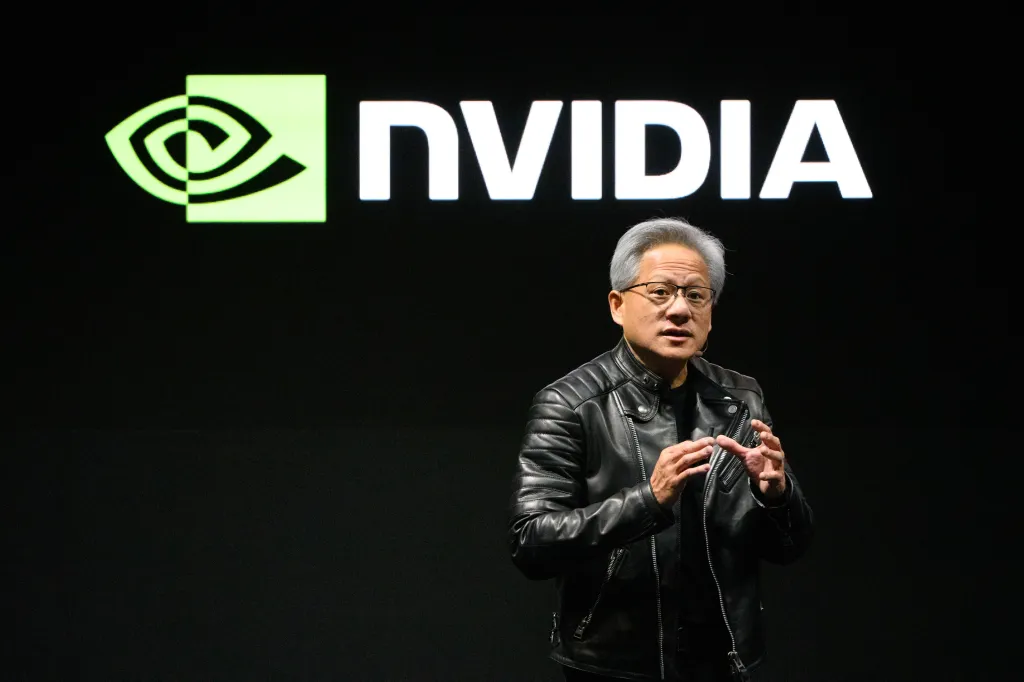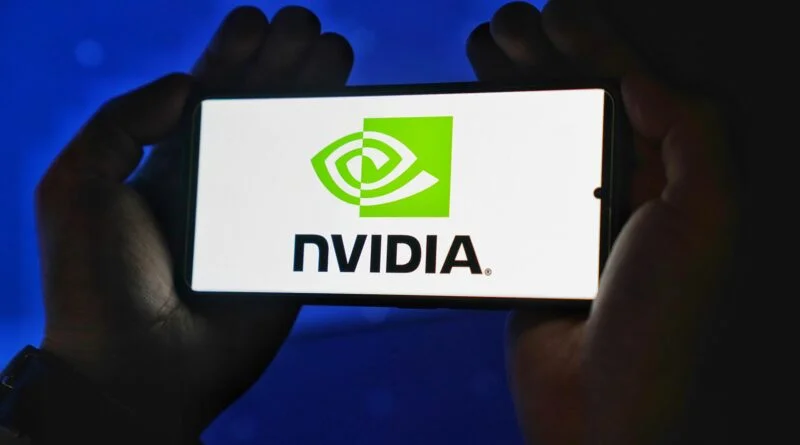
Nvidia and OpenAI have just announced one of the most ambitious tech industry deals in recent memory — Nvidia is committing up to $100 billion in investment to fuel OpenAI’s next-generation AI infrastructure. This partnership is not just about cash; it’s about securing computing power, building massive new data centers, and pushing the boundaries of what artificial intelligence can accomplish. In this article, we’ll dive into the details of the deal, what it means for both companies, how this shapes the future of compute in AI, and some of the challenges and implications.
1. What the Deal Actually Is
1.1 How Much & What For
- $100 billion in OpenAI, starting in 2026, with portions of investment tied to the deployment of each gigawatt of computing infrastructure.
The agreement includes building out at least 10 gigawatts of Nvidia-powered systems. These systems will support OpenAI’s growing needs for training and running advanced AI models.
The initial phase includes deploying the first gigawatt in the second half of 2026 using Nvidia’s upcoming Vera Rubin platform.
1.2 Structure & Terms
- OpenAI will pay Nvidia in cash for chips (hardware), but Nvidia will also receive non-controlling equity in OpenAI.
Much of the deal involves leasing Nvidia’s GPUs rather than outright purchase, which helps OpenAI spread out the high upfront costs over time.

2. Why This Matters: The Compute Bottleneck in AI
2.1 Compute Is the Backbone of Progress
AI models, especially large generative ones like GPT & beyond, need huge amounts of compute (GPU / accelerator chips, power, cooled data centers). Without sufficient infrastructure, training new models gets slow, expensive, or even impossible.
2.2 Demand vs Supply
- The demand for AI tools and services is skyrocketing — more users, more enterprise AI adoption.
- Meanwhile, building and maintaining data centers is expensive and complex: requires electricity, power cooling, physical space, and often times advanced chips which are in short supply.
This deal helps OpenAI scale its hardware backbone so it can keep up with demand.
3. What Both Companies Get Out of It
3.1 For Nvidia
- A stable, large-scale customer for its chips. Leasing and hardware sales tied to OpenAI’s growth ensures recurring revenue.
By getting equity in OpenAI, Nvidia stands to benefit if OpenAI succeeds and increases its value.
Strengthening its infrastructure leadership in AI — staying ahead of competitors like AMD, Google, etc.
3.2 For OpenAI
- Access to reliable compute infrastructure (through Nvidia chips) will help speed up model training, deployment, and scaling.
- Reduced risk in supply chain for hardware, since Nvidia is partnering rather than just selling.
- Ability to scale from a few data centers to many, enabling more ambitious AI research, experiments, and commercial services.

4. Broader Implications & Challenges
4.1 Potential Regulatory & Antitrust Scrutiny
- Because Nvidia is both hardware supplier and equity owner, some analysts are raising concerns about “circular” structures — where money flows through gear purchases and also stake returns. CNBC+2The Times of India+2
- As AI becomes more central to commerce and governance, regulators will watch large deals like this more closely.
4.2 Cost, Energy, and Environmental Concerns
- Deploying tens of gigawatts of compute consumes enormous power. Cooling, electricity, and efficiency become large cost items.
- Energy usage has environmental impact. Efficient design, renewable energy sources, cooling tech will matter.
4.3 Technical & Scaling Risks
- Building at scale is hard: supply chain for GPUs, interconnects, physical infrastructure. Any delays can ripple out.
- Hardware obsolescence: chips age, newer architectures emerge; OpenAI will need to plan for future upgrades.
- Latency, network bandwidth, data center location — all affect performance and user experience.
5. What This Means for the Future of AI
5.1 Accelerated Innovation
With more compute, AI model research, training of larger / more complex models will accelerate. We may see breakthroughs in LLMs (Large Language Models), multimodal systems, robotics, synthetic biology, etc.
5.2 Increased Competition
Other players (Google, AMD, Broadcom, Microsoft etc.) will also push to scale their own infrastructure. This deal raises the bar for AI hardware competition.
5.3 Impacts on AI Access & Democratization
If OpenAI has stronger infrastructure, possibly lower compute costs per model or service. Might lead to more accessible AI services for smaller developers and users. On the other hand, centralization of such huge infrastructure might concentrate power (in few hands).

6. Final Thoughts
Nvidia’s investment in OpenAI is more than just financial — it’s strategic. By aligning compute supply with AI demand, both companies are making a bet on the future of intelligence. The deal could shape not just the next couple of years, but set the stage for the AI landscape of 2030-2040. Whether everything goes smoothly or not depends on execution — from hardware deployment, energy management, regulatory navigation, to ensuring AI benefits a broad global audience.